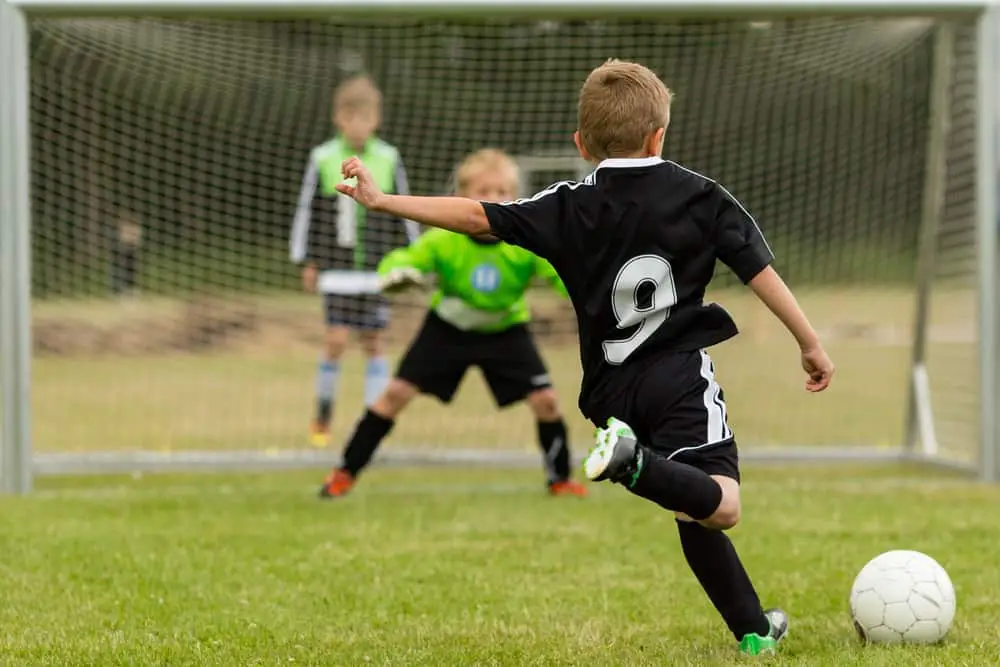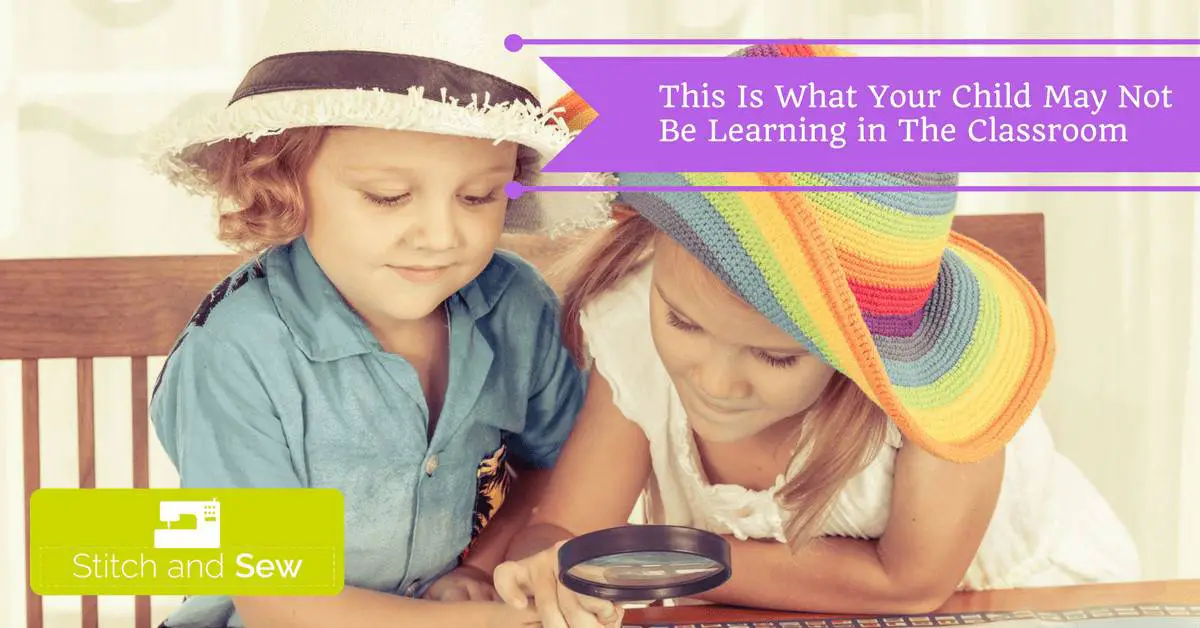According to the National Home Education Research Institute, more than 2 million American children are homeschooled. That’s a huge increase from 1980 when only about 10,000 families in the U.S. homeschooled their kids.
What was once an alternative practice is becoming mainstream. Contrary to what some people believe, homeschoolers aren’t missing out. In fact, they may be exposed to a more comprehensive set of experiences and skills than children who attend traditional schools.
Homeschooled students tend to score up to 30 percent higher than traditionally educated students on standardized and achievement tests. They are also just as socially and emotionally intelligent as anyone else. Perhaps this is because they’re learning things that aren’t available in the average public school.
Table of Contents
Learning How to Learn
Some experts say that traditional schools are raising children to be little encyclopedias. Teachers focus on the amount of information that kids can memorize. The kids that fall short of remembering all the facts feel like they’ve failed (and may also receive lower grades). This wipes out their desire to learn.
According to Amanda Lang, who wrote The Power of Why, “Curious kids learn how to learn, and how to enjoy it—and that, more than any specific body of knowledge, is what they will need to have in the future.”
The world is constantly changing. Students need more wisdom than knowledge to keep up. If they have a desire to learn, they’ll continuously search for answers instead of striving for the highest marks or the biggest reward.
The other problem with rote memorization is that it usually bypasses conceptual learning, according to The Atlantic. Reciting the 50 states in alphabetical order is impressive, but is it really helpful if students can’t identify them on a map?
Memorization that comes from raw rehearsal doesn’t necessarily help children learn concepts. It simply allows them to remember information at the surface level. However, repeated use can be a beneficial form of memorization. With this process, children end up automatically memorizing information because they have repeatedly used it in practical and applicable settings.
More Time For Practice
Some kids get on the bus at 6 a.m. and don’t get back home until after 4 p.m. If they have to finish up their homework and have dinner, they don’t have much time left for extracurricular activities. Flex ED argues that homeschooling allows children to focus on their interests.

Many parents who homeschool say that their children complete their academic work in much less time than students who go to school outside the home. This leaves more hours for practicing athletics or hobbies.
When students are immersed in doing something they’re passionate about, they’re more likely to develop a love of learning. When playing sports, kids can learn about anatomy. When drawing in a sketchbook, they can learn about shapes, color, and relativity. Giving children more time to develop their interests can lead them to become powerful explorers and free thinkers.
Research shows that the decline of playtime has led to increasing reports of anxiety, depression and attention problems in children. Scientists at the Institute of Social Research say that children between the ages of 6 and 17 spend about 7.5 hours more a week on academics than they did 20 years ago. About 32.5 of those hours are spent in school.
An increasing emphasis on schooling and adult-directed activities has gotten in the way of kids’ free time. Children don’t just get to explore their interests while they play. They also develop the skills necessary to:
- info-circleSolve problems
- info-circleCommunicate
- info-circleFollow rules
- info-circleApply self-control
- info-circleGain a sense of mastery over the world
When children have the opportunity to make their own decisions and direct their own actions, they gain a sense of confidence. This self-assurance reduces their risk of developing emotional disorders. Kids also learn to develop coping mechanisms for intense emotions through play. Homeschooled children are more likely to have the time available for copious amounts of free play.
Getting Creative
Many public schools are more concerned with being politically correct than helping kids think on their feet, according to William R. Klemm Ph.D., author of Blame Game, How to Win It. Although Klemm believes that public schools don’t require children to do enough memorization, he does think that conformity is valued over individuality in educational institutions.
When children are encouraged to think like everyone else, they lose their ability to form their own opinions. Although parents can also be guilty of forcing their own opinions on their kids, the less structured, more flexible environment of homeschool may foster creativity.
Some research points to the fact that open classrooms inspire creativity better than traditional classrooms. Parents may be more likely to support independence than schoolteachers. The format of homeschooling lends itself to self-regulation and investigation. You don’t have to wait for everyone else in the class to be on the same page before moving forward.
Maintaining Health
Many students who attend school sit through health classes that are designed to get them to recognize healthy foods and exercise regularly. Homeschooled children may be able to experience the benefits of living healthfully in person.
For example, gardening with children has been shown to have benefits for the mind, body, and soul. Kids can spend an entire day in the garden and knock out a variety of essential learning. They get the physical exercise that they need. Here is a great resource on introducing kids to gardening.

The heavy work that is performed during a gardening session, which involves pushing and pulling, is vital to helping kids develop body awareness, according to Understood. It organizes the brain and calms the body.
Although schools are required to allow time for play, most young children don’t get enough exercise, says WebMD. At home, you could spend a full day outdoors doing heavy work or other types of activity as you learn about photosynthesis, the weather, plants, and animals or just about anything else.
Plus, gross motor skills are linked with a boost in brain function, explains Your Therapy Source. Physical activity can especially affect cognition in elementary and middle schoolers. One study showed that both fine and gross motor skills can improve mathematical performance when they’re incorporated into learning. This is much easier to do at home than in the typical classroom setting.
Developing Fine Motor Skills
Many children aren’t getting the opportunity to learn fine motor skills before they start kindergarten. This Lancaster Online article explains that when children enter school without the proper fine motor development, teachers are unable to work on academics appropriately.
This highlights two problems. One is the fact that toddlers and preschoolers aren’t getting the occasion to play and manipulate objects in order to build the muscles and coordination necessary for fine motor activities. The other is the fact that traditional schools expect kindergarteners to sit at their desks for long periods of time doing classic learning instead of working on their fine motor skills.
In February 2015, the New York Times reported that there was a dramatic increase in the number of students who needed occupational therapy. It can be argued that schools should be incorporating this type of learning into the academic setting so that kids don’t have to be pulled out for special therapy sessions.
At home, kids can practice fine motor skills in a real-life setting. Cooking is one activity that requires the use of fine motor skills. Sewing is another one. When children learn to sew, they also learn spacial awareness and patience. If you do get your kids into sewing, make sure to get a kids sewing machine as they can be much easier for smaller fingers to use.
Psychology Today says that children with advanced fine motor skills are more likely to do better in school. This may be because the same parts of the brain are activated when processing motor information and performing intellectual tasks. When stronger connections are formed using fine motor practice, an individual will be better able to process academic data.
When children move around efficiently, they’re also likely to have more diverse experiences at an early age. This results in an increased number of neuronal connections in the brain. More pathways can make for quicker processing of information and an elevated ability to rationalize, analyze and reason.
A Final Word: Life Skills
Many homeschool advocates stress the fact that children don’t learn enough about life skills at school. They’re referring to financial management, communication skills, home economics and how to fix things around the house. Shop class, cooking, and using a sewing machine were once part of a basic curriculum. Now, many students don’t even learn cursive in school.
Speaking of sewing, it’s one of the fondest memories I had growing up – spending hours and hours sewing with my Mom. If you want to create the same type of memories with your kids, begin researching the best sewing machines and start sewing today….you won’t regret it.
In 2011, Smithsonian questioned whether home economics classes were still relevant in today’s society. Those types of classes began in the early 1900s and taught life skills that were pertinent to modern consumer culture. They’re also starting to be pulled from schools because of a lack of funding and a rise in a technology-focused curriculum.
However, knowing how to cook a healthy meal, manage a household, use power tools or sew a basic seam can get you pretty far in your daily adult life. Homeschoolers are at an advantage when it comes to learning life skills. They can spend their time shadowing their parents as they take care of everyday duties that make “adulting” easier.
Just like traditional education, homeschooling isn’t always implemented effectively. However, it can give students a chance to excel in areas to which they aren’t exposed at school.

